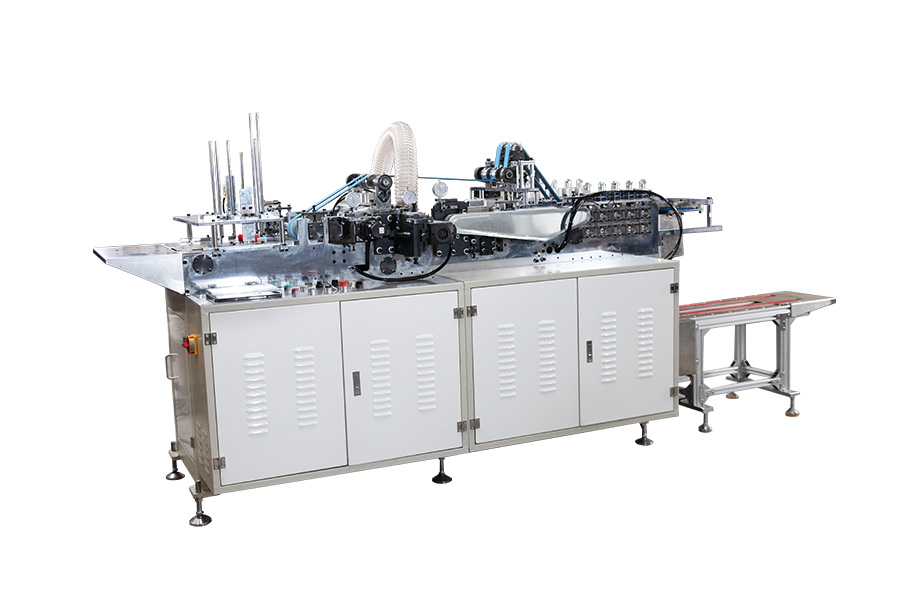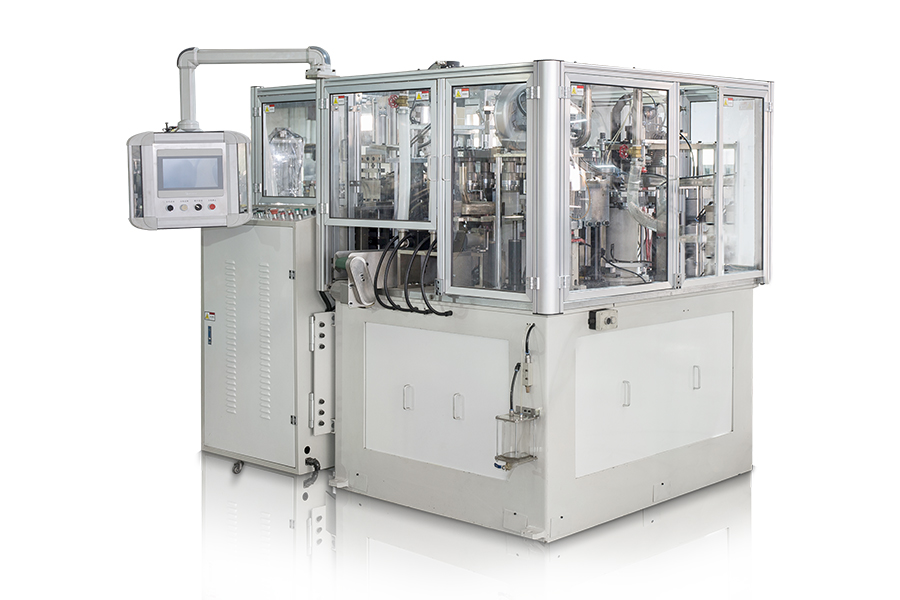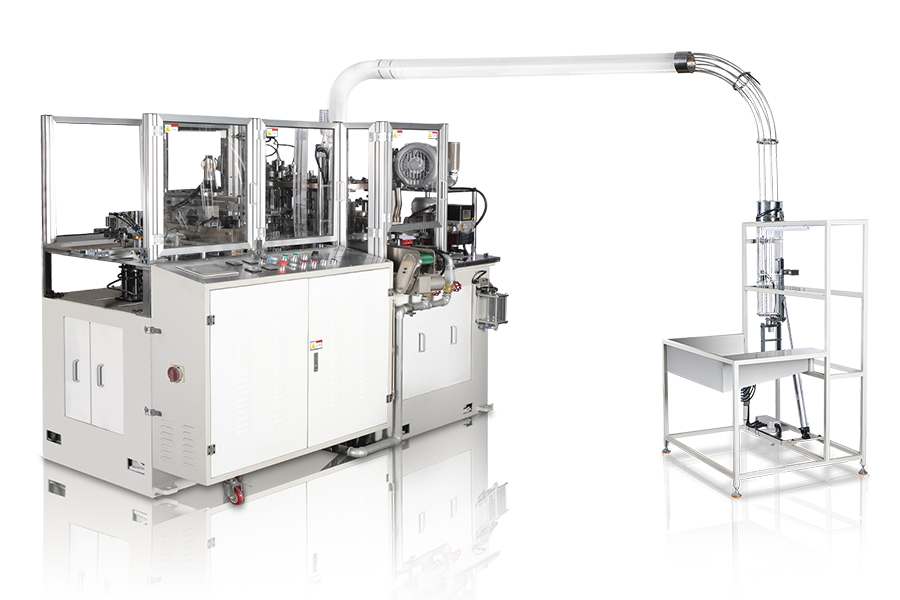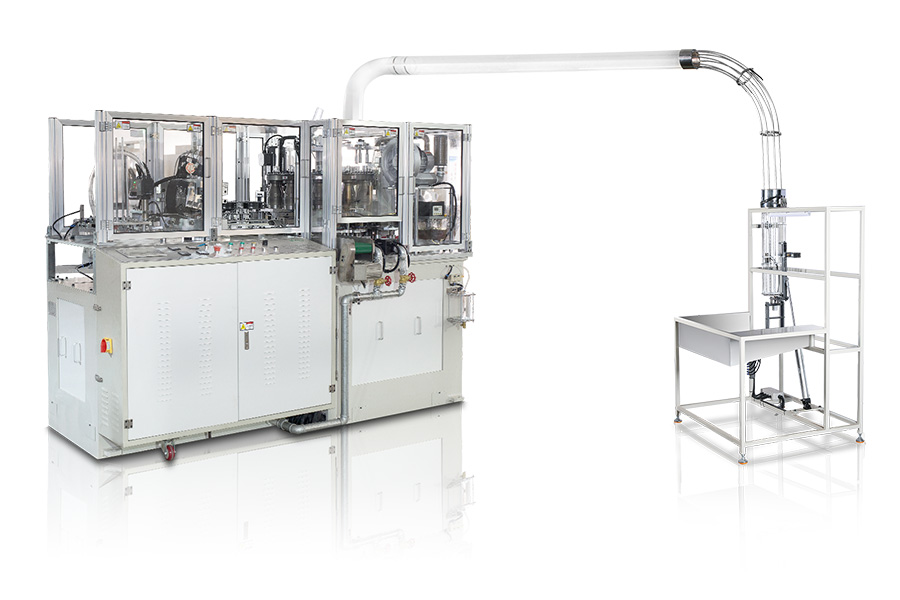The Inevitable Rise of Sustainable Packaging Solutions
The global shift towards environmental responsibility has profoundly impacted the food and beverage industry, driving a significant demand for single-use packaging alternatives that are both functional and earth-friendly. This burgeoning interest centers primarily on materials that can either biodegrade or be responsibly recycled, moving away from conventional plastics. Stackable paper lids represent a key product in this sustainable evolution. Unlike their traditional counterparts, these paper-based closures offer a renewal of commitment to a greener planet without compromising the convenience expected by modern consumers. The inherent design of a paper lid, especially one crafted for efficient stacking, directly addresses logistics concerns for cafes and fast-service establishments, presenting a compact and sustainable solution for securing hot and cold beverages. The sustained growth in this sector necessitates high-performance machinery capable of meeting the escalating production volumes required by a market eager to embrace these ecological advancements.
Precision Engineering in High-Speed Automated Equipment
Unpacking the Core Operational Speed and Output Metrics
The foundation of modern paper lid production lies in the capacity of specialized equipment to perform complex tasks at relentless speeds. A high-speed stackable paper lid machine, often characterized by its robust and finely tuned mechanical systems, is engineered to transform rolls of coated paper into finished lids with remarkable efficiency. This velocity is crucial, as it directly translates into the ability of manufacturers to supply the vast quantities demanded by large-scale distribution networks and international markets. The operational standard is not merely about rapid cycling but maintaining absolute precision throughout, ensuring that every piece conforms exactly to the required diameter and shape, a necessity for a perfect fit on various cup sizes. Achieving this balance between speed and quality is the defining challenge that advanced automation successfully overcomes, allowing for non-stop, high-volume manufacturing.
The Seamless Journey from Raw Material to Finished Product
The automated process begins with the intricate task of feeding the paper material into the machine. Unlike simple cutting operations, the journey of the paper stock involves a series of meticulously controlled stages. First, precise feeding mechanisms draw the pre-coated paper into the forming station. It is here that heat and pressure are judiciously applied to mold the material into the desired three-dimensional shape, a critical step that dictates the structural integrity and sealing capacity of the finished lid. Following the initial forming, specialized mechanisms execute the crucial process of edge rolling, which creates the definitive rim that allows the lids to stack perfectly and snap securely onto a cup. This continuous, multi-step workflow, controlled by sophisticated servo-drive systems, culminates in the synchronized ejection and collection of the paper lids, ready for final packaging.
Versatility in Adaptability and Material Processing
Navigating the Nuances of Biodegradable Paper Stock
Modern manufacturing equipment must be inherently versatile, especially when dealing with the varied material properties of eco-friendly substrates. The move toward biodegradable materials like PLA-coated or water-based barrier-coated paper presents unique challenges, as these materials often behave differently under heat and pressure compared to traditional polyethylene-coated paper. The machinery must be precisely calibrated to accommodate these differences, ensuring proper adhesion and forming without damaging the paper’s environmental barrier layer. This involves fine-tuning the temperature profiles and adjusting the forming pressures to achieve a durable, leak-proof paper cup cover from a material designed to decompose more readily, a significant technical achievement in industrial engineering.
Flexible Tooling for Diverse Dimensions and Configurations
A truly effective stackable paper lid machine must offer more than just high speed; it must also possess the flexibility to adapt to a constantly shifting marketplace of container sizes. The ability to rapidly and accurately exchange molds and tooling is a non-negotiable feature, allowing manufacturers to switch production between small espresso cup covers, medium coffee lids, and larger soup bowl closures with minimal downtime. This swift interchangeability of parts maximizes the equipment’s utilization rate and permits a diverse product offering from a single platform. The machine’s adaptability, which includes handling various diameters and lid profiles, ensures that it can serve a wide spectrum of packaging needs, from standard round lids to specialized shapes for particular food containers.
Operational Excellence and Cost Management
Essential Maintenance for Maximizing Production Uptime
In any high-speed manufacturing environment, unexpected downtime is a significant detriment to profitability, making a proactive maintenance regimen indispensable for equipment like the PLM-80 series. The longevity and reliability of the machine are directly correlated with the consistency and detail of its preventative care schedule. This extends beyond simple lubrication to include the periodic inspection of all moving parts, particularly the servo motors, heating elements, and intricate tooling sets, which endure the most stress during high-velocity operation. Maintaining detailed logs of operational hours and immediately addressing minor alignment issues can prevent catastrophic component failure, ensuring the equipment runs consistently at its peak performance specifications.
Strategies for Waste Reduction and Energy Conservation
The pursuit of efficiency is not solely focused on output speed; it also encompasses a rigorous commitment to minimizing waste and conserving energy. Modern stackable paper lid machines integrate intelligent control systems that monitor material feed with extreme accuracy, significantly reducing the amount of raw paper material wasted during the forming and cutting processes. Furthermore, advanced heating systems are designed to achieve and maintain optimal temperatures using less power, while sophisticated drive systems minimize friction and energy loss. These optimizations contribute to a lower overall operational expenditure per unit produced, which is vital for maintaining a competitive edge in the cost-sensitive packaging industry.
Upholding the Highest Standards of Finished Product Quality
The Technical Demands for Stacking Integrity and Sealing
The functional success of a paper lid hinges entirely on two critical factors: its ability to stack without jamming and its capacity to form a secure, leak-proof seal on a cup. The precise geometry of the finished product is therefore paramount. The stacking feature relies on an exact rim profile and a consistent depth, ensuring that each lid nests perfectly into the next. The sealing function is a result of meticulous control over the final edge curl, which must possess the exact tension and dimensions to create a tight, reliable fit against the cup’s rim. Automated systems monitor these characteristics in real-time, identifying and rejecting any items that fall outside the very narrow tolerances required for a functional and customer-acceptable product.
Integrated Quality Control and Product Counting Systems
The manufacturing process is not complete without an integrated system for final inspection and packaging preparation. The most advanced paper lid machines incorporate in-line quality checks, which may utilize sensors or even vision systems to detect minute defects such as incomplete seals or shape irregularities. This automated quality assurance eliminates the risk of defective products reaching the consumer. Immediately following inspection, the finished lids are fed into a precision counting and stacking mechanism. This component is essential for accurate inventory management and preparing the products in the specified batch sizes required for automated downstream packaging, guaranteeing that every package contains the exact, verified number of high-quality, stackable paper lids.
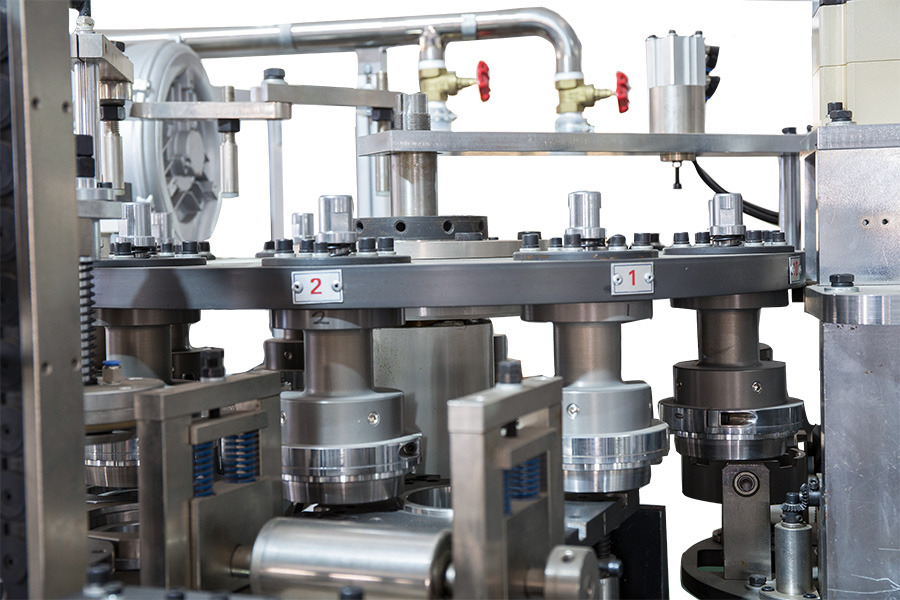






 English
English عربى
عربى 中文简体
中文简体

